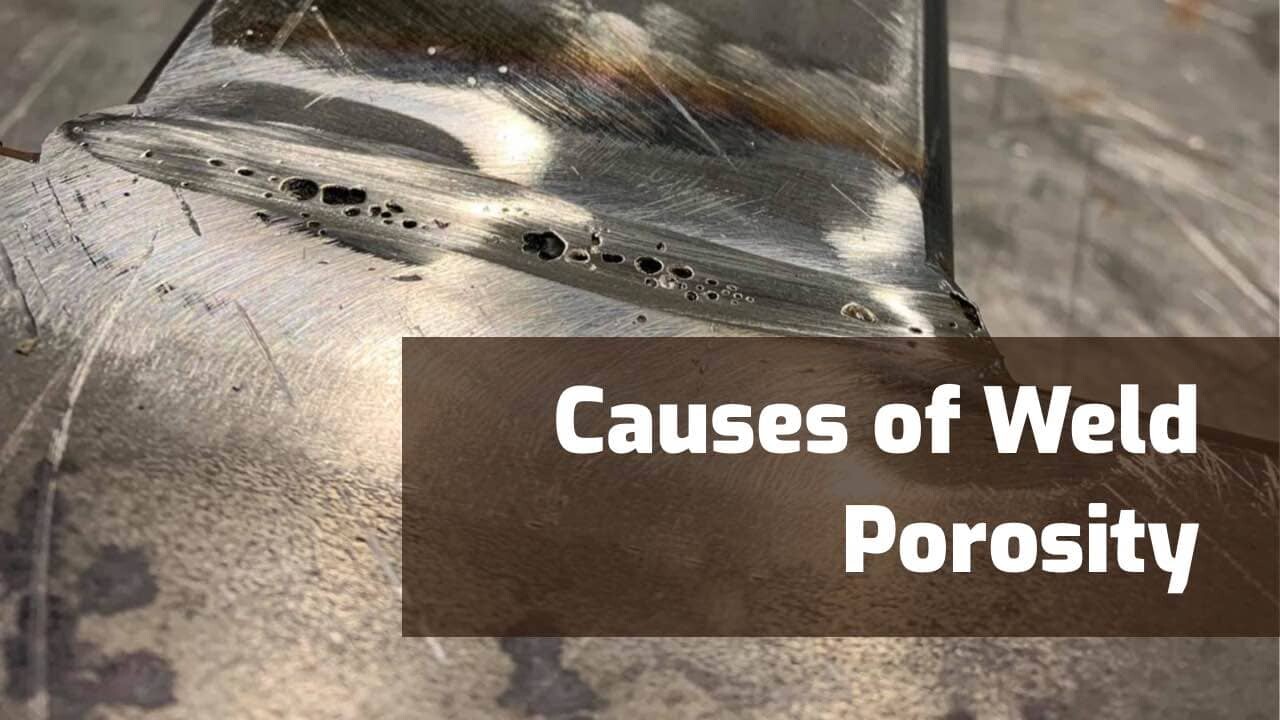Unwinding the Secret of Porosity in Welding: Tips for Decreasing Issues and Making Best Use Of Quality
In the detailed globe of welding, porosity remains a relentless obstacle that can significantly influence the top quality and stability of welded joints. Recognizing the factors that add to porosity formation is critical in the pursuit of flawless welds. By unraveling the enigma of porosity and implementing efficient methods for issue minimization, welders can boost the standards of their job to achieve exceptional top quality results. As we delve right into the depths of porosity in welding, revealing the secrets to its avoidance and control will be paramount for professionals looking for to grasp the art of premium weldments.
Comprehending Porosity in Welding
Porosity in welding, a typical issue encountered by welders, describes the existence of gas pockets or spaces in the welded product, which can endanger the stability and high quality of the weld. These gas pockets are usually entraped during the welding process as a result of numerous variables such as improper shielding gas, contaminated base products, or inaccurate welding parameters. The development of porosity can compromise the weld, making it at risk to fracturing and rust, eventually bring about architectural failings.
Understanding the source of porosity is essential for welders to effectively avoid its occurrence. By identifying the relevance of maintaining correct gas securing, making sure the sanitation of base materials, and maximizing welding setups, welders can substantially lower the possibility of porosity formation. Additionally, making use of techniques like preheating the base material, utilizing correct welding strategies, and carrying out comprehensive inspections post-welding can additionally help in reducing porosity issues. Overall, an extensive understanding of porosity in welding is crucial for welders to generate high-quality and durable welds.

Common Reasons For Porosity
When checking welding procedures for prospective high quality issues, comprehending the common sources of porosity is important for preserving weld integrity and avoiding structural failures. Porosity, identified by the existence of dental caries or spaces in the weld metal, can significantly jeopardize the mechanical residential properties of a welded joint. One common source of porosity is improper protecting gas insurance coverage. Inadequate protecting gas circulation prices or inappropriate gas blends can cause climatic contamination, resulting in porosity formation.
Additionally, welding at improper criteria, such as exceedingly high travel rates or currents, can create extreme disturbance in the weld pool, trapping gases and causing porosity. By attending to these typical reasons with correct gas securing, material prep work, and adherence to optimal welding parameters, welders can decrease porosity and boost the quality of their welds.
Techniques for Porosity Prevention
Carrying out effective preventative steps is crucial in reducing the event of porosity in welding processes. One technique for porosity prevention is making certain correct cleaning of the base metal before welding. Pollutants such as oil, oil, corrosion, and paint can bring about porosity, so comprehensive cleaning making use of suitable solvents or mechanical methods is crucial.

Using high-grade filler materials and protecting gases that are appropriate for the base steel and welding procedure can dramatically decrease the threat of porosity. Additionally, keeping appropriate welding specifications, such as voltage, existing, take a trip rate, and gas flow rate, is essential for porosity avoidance.
Moreover, employing correct welding methods, such as keeping a constant travel rate, electrode angle, and arc size, can help protect against porosity (What is Porosity). Sufficient training of welders to ensure they follow finest practices and top quality control treatments is also vital in lessening porosity problems in welding

Best Practices for Quality Welds
Making sure adherence read review to industry standards and proper weld joint prep work are fundamental elements of achieving constantly premium welds. Along with these foundational steps, there are a number of ideal techniques that welders can apply to additionally boost the quality of their welds. One trick technique is maintaining appropriate sanitation in the welding area. Impurities such as oil, grease, rust, and paint can adversely affect the quality of the weld, causing flaws. Thoroughly cleaning up the workpiece and bordering location before welding can aid mitigate these problems.
An additional finest technique is to thoroughly select the appropriate welding criteria for the specific materials being joined. Appropriate parameter choice guarantees ideal weld penetration, blend, and overall quality. Using premium welding Full Report consumables, such as electrodes and filler metals, can dramatically influence the final weld quality.
Relevance of Porosity Control
Porosity control plays an essential duty in guaranteeing the integrity and quality of welding joints. Porosity, characterized by the visibility of cavities or gaps within the weld steel, can significantly jeopardize the mechanical homes and structural integrity of the weld. Too much porosity damages the weld, making it much more vulnerable to fracturing, deterioration, and total failing under functional loads.
Efficient porosity control is necessary for maintaining the preferred mechanical residential or commercial properties, such as stamina, ductility, and toughness, of the bonded joint. What is Porosity. By minimizing porosity, welders can enhance the total high quality and reliability of the weld, ensuring that it satisfies the efficiency demands click over here now of the intended application
Additionally, porosity control is vital for attaining the wanted visual look of the weld. Extreme porosity not only deteriorates the weld yet also diminishes its visual charm, which can be essential in industries where looks are essential. Correct porosity control techniques, such as utilizing the right shielding gas, regulating the welding parameters, and making sure correct cleanliness of the base materials, are crucial for creating premium welds with minimal issues.

Conclusion
In final thought, porosity in welding is a typical flaw that can jeopardize the high quality of the weld. It is essential to control porosity in welding to guarantee the integrity and stamina of the last product.
Comments on “Discover What is Porosity in Welding and Its Effect on Architectural Honesty”